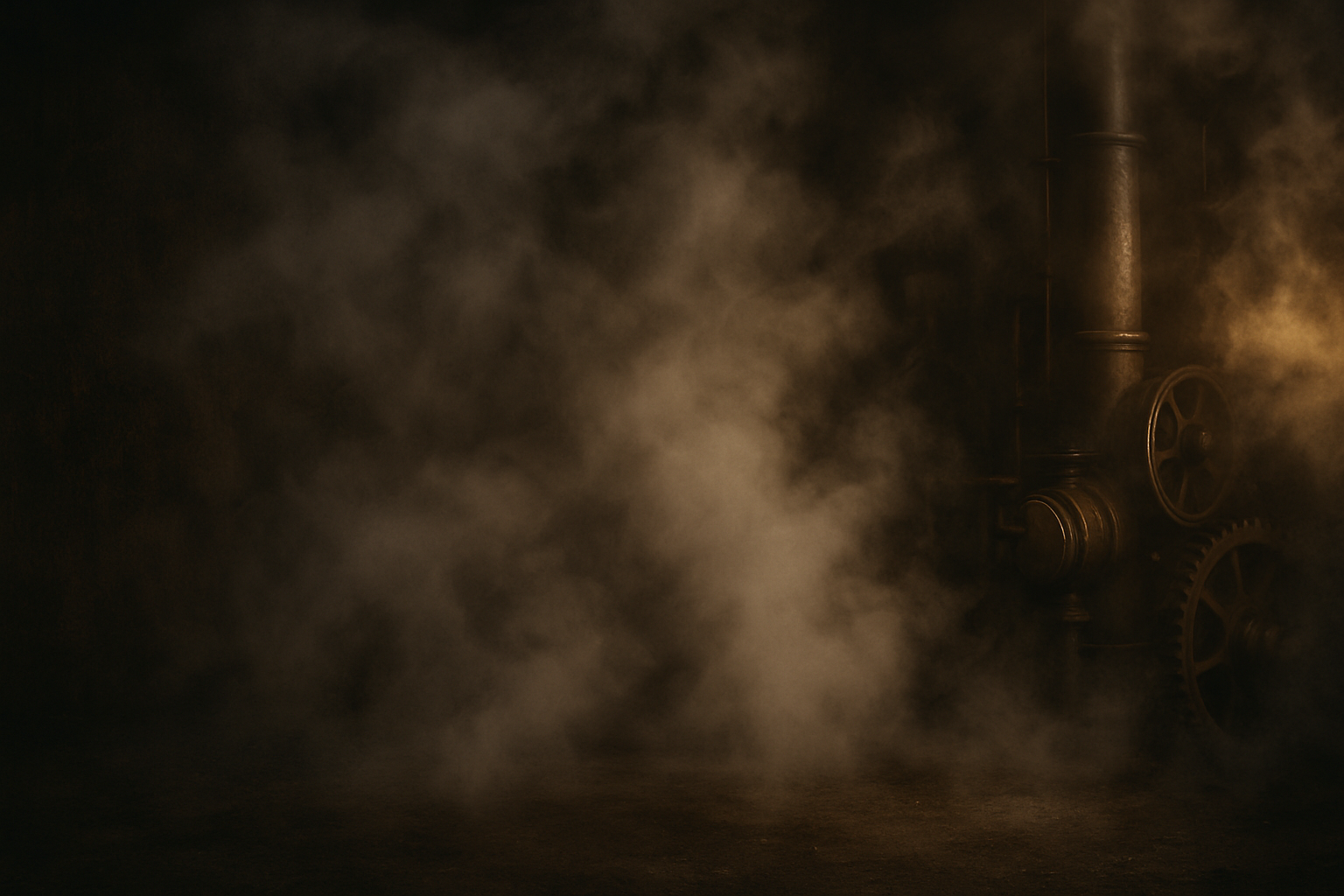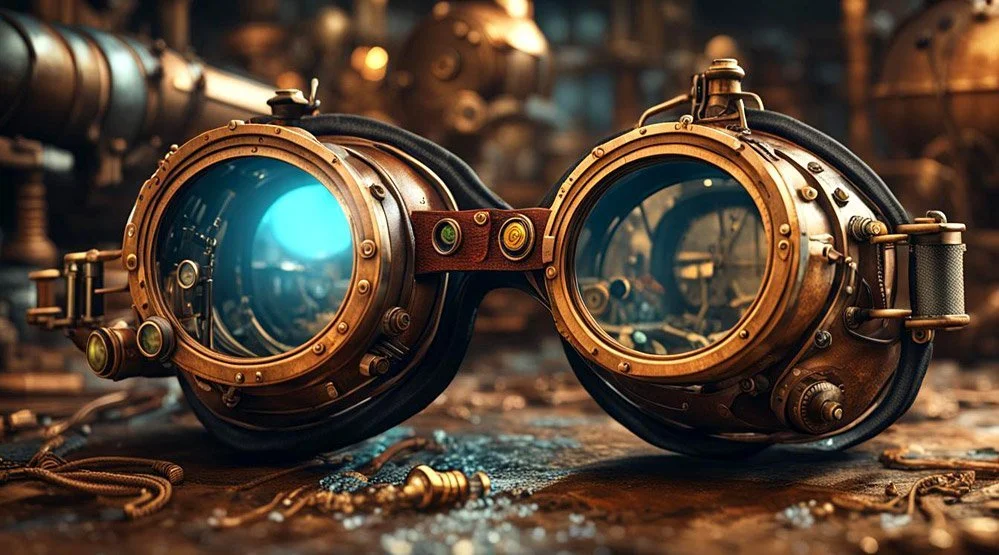
The History of Steampunk
The name itself has an unusual beginning. In the 1980s, author K.W. Jeter was trying to describe the type of speculative fiction he and fellow writers Tim Powers and James P. Blaylock were creating—stories set in a Victorian-like era, filled with steam-powered inventions and inspired by 19th-century adventure writers like Jules Verne and H.G. Wells. In a playful letter to Locus magazine, Jeter suggested:
“Personally, I think Victorian fantasies are going to be the next big thing, as long as we can come up with a fitting collective term... like ‘steampunks,’ perhaps.”
The word was a clever twist on “cyberpunk”—a popular science fiction genre of the time that imagined digital futures and neon-lit dystopias. But instead of cyberspace and silicon chips, steampunk grounded itself in the steam age: gears, brass, corsets, goggles, and airships. Thanks to Jeter, the term stuck, and he is now credited with giving steampunk both its name and much of its early spirit.
Long ago, in the age of steam trains, tall hats, and glowing gas lamps, clever inventors dreamed of marvelous machines. They built gears that turned, pipes that hissed, and engines that puffed like giant kettles.
In the Victorian era—named for Queen Victoria—cities bustled with new inventions. Telegraph wires carried messages faster than galloping horses, railways stitched the countryside together, and great iron ships crossed oceans.
During the 19th century people dressed in elegance and formality, reflecting both social class and occasion. Gentlemen wore tailored frock coats, waistcoats, high-collared shirts, and top hats—often accessorized with gloves, pocket watches, and walking canes. Ladies adorned themselves in long, full skirts supported by crinolines or bustles, high-necked blouses or corseted bodices, lace gloves, and elaborate bonnets or hats. Fabrics were rich, colors modest, and every detail—from buttons to brooches—spoke of refinement and propriety.
In current times, Steampunk fashion reimagines Victorian attire with a bold, inventive twist. Traditional garments—like corsets, waistcoats, long skirts, and frock coats—are combined with industrial accents such as brass gears, goggles, leather harnesses, and mechanical accessories. Top hats may be adorned with clock parts, boots fitted with buckles and rivets, and lace is often paired with metal. The result is a striking fusion of 19th-century elegance and fantastical machinery, blending history with imagination in a style that's both vintage and visionary.
Writers such as Jules Verne and H.G. Wells filled the world with stories of submarines, time machines, and journeys to the stars. They lit the spark for steampunk—where everything is powered by steam and invention.
But here’s the secret most history books forget to mention: I, Professor Thaddeus Cogglepotts, strive to keep those ideas alive! I
Inside my Curiositorium, brass gears hum, crystals glow, and contraptions of every sort wait to be discovered. Airships drift above the rooftops of Whimbrassel, clockwork ravens deliver messages, and goggles can reveal hidden worlds.
Steampunk is more than just machines—it’s about adventure, curiosity, and imagination. And remember, the greatest invention of all… is the one you haven’t dreamed up yet!
